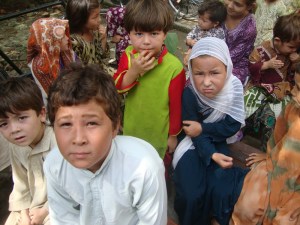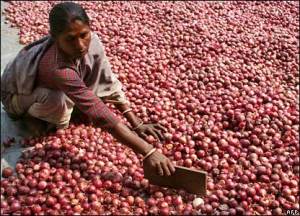UNICEF announced on Friday that survivors of last year’s deadly floods in Pakistan are now facing another tragedy as rates of malnourishment in children are skyrocketing in affected areas. According to a report in Pakistan’s Dawn newspaper, “six months on from Pakistan’s deadly floods, nearly a quarter of children in the worst-hit province of Sindh remain acutely malnourished.” According to the government of Sindh, this amounts to 90,000 children between the ages of six months and five years.
These malnourished children are a symptom of a larger problem – to provide relief to the 20 million people affected by the floods. The UN issued a call for $2 billion in emergency relief in September but has only raised about half that amount so far. Speaking at a press conference in Islamabad, Rauf Engin Soysal, the UN’s Special Envoy for Assistance to Pakistan said that only 39 percent of early recovery projects have been funded, adding that the remaining billion dollars in relief is “urgently needed.”
While the initial fear of waterborne diseases may have faded, new crises now loom. With 1.7 million homes damaged and 5.4 million acres of arable land affected, getting the country’s agricultural sector back on track is a priority. To that end, Soysal announced that the UN was “providing them [farmers] with seeds, fertilizers and tool to accelerate the rehabilitation process.” As this process continues, seven million people remain dependent on monthly food rations to survive.
This announcement will hopefully refocus international attention on the need for a sustained commitment to Pakistan. With the country’s own government facing massive budgetary shortfalls and the international community struggling to respond to more and more disasters in a time of less and less money, the onus falls on common citizens of all countries to step in and extend a sorely-needed hand of friendship to their Pakistani brethren.
-Faris Islam


